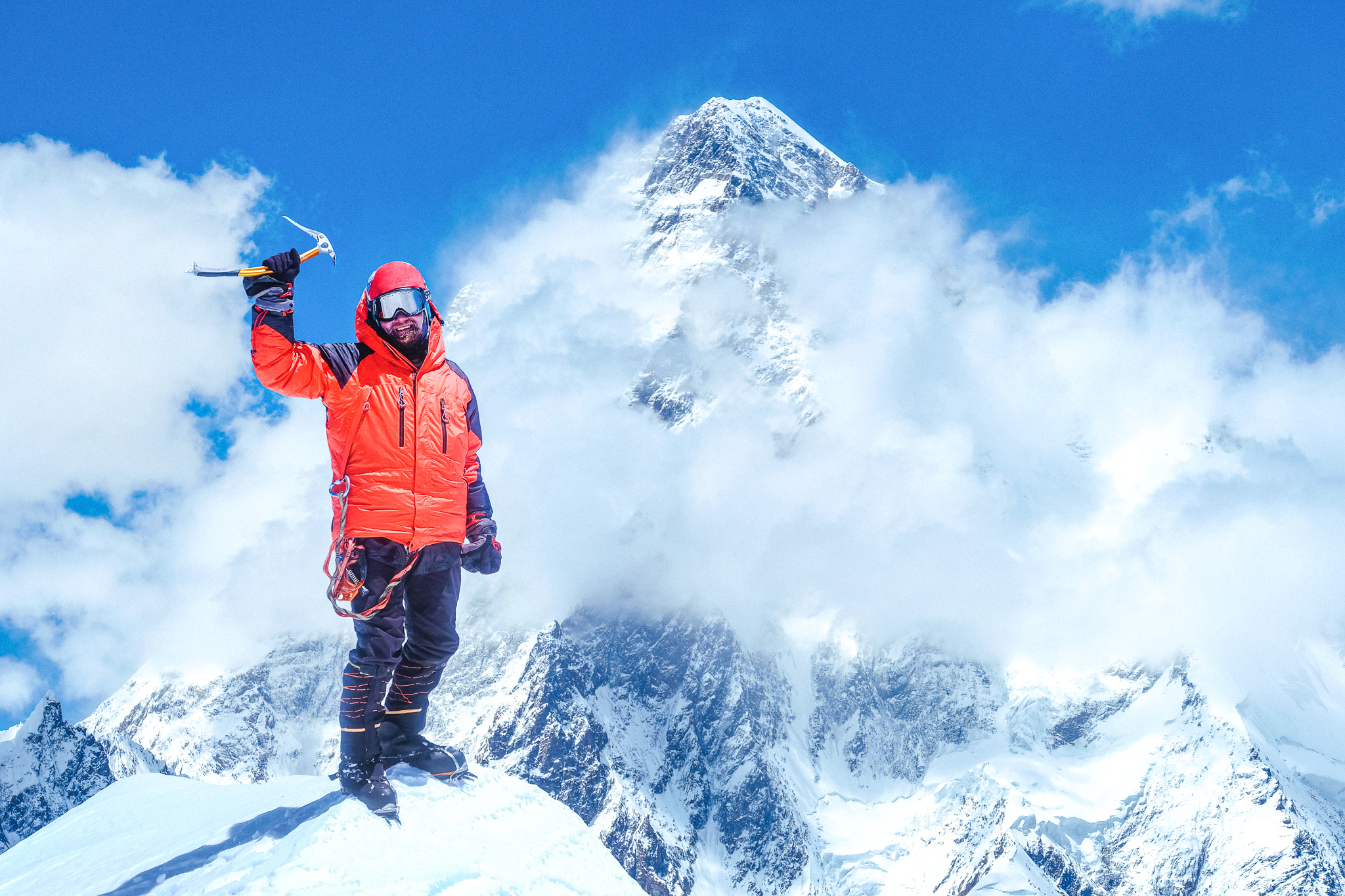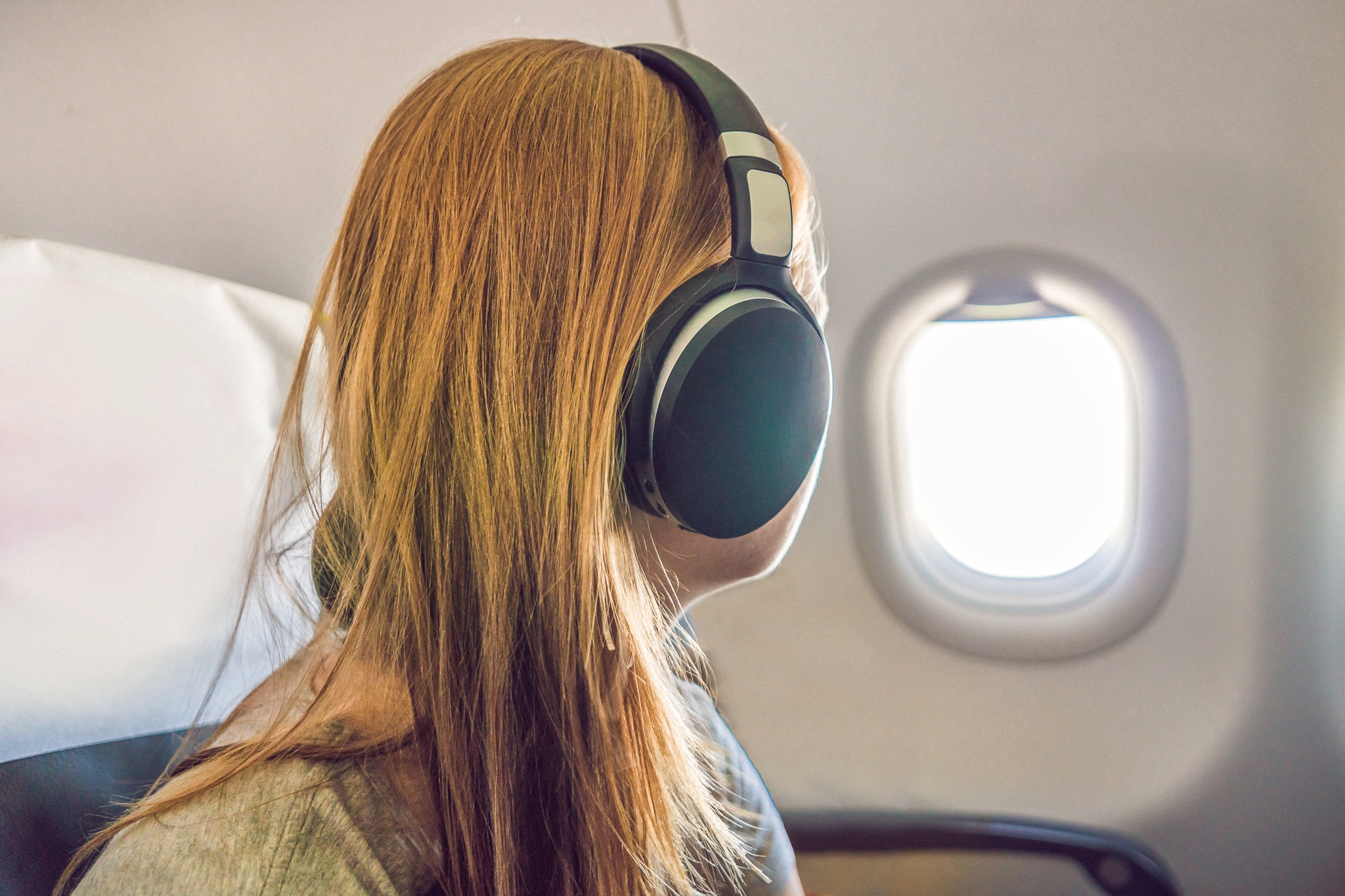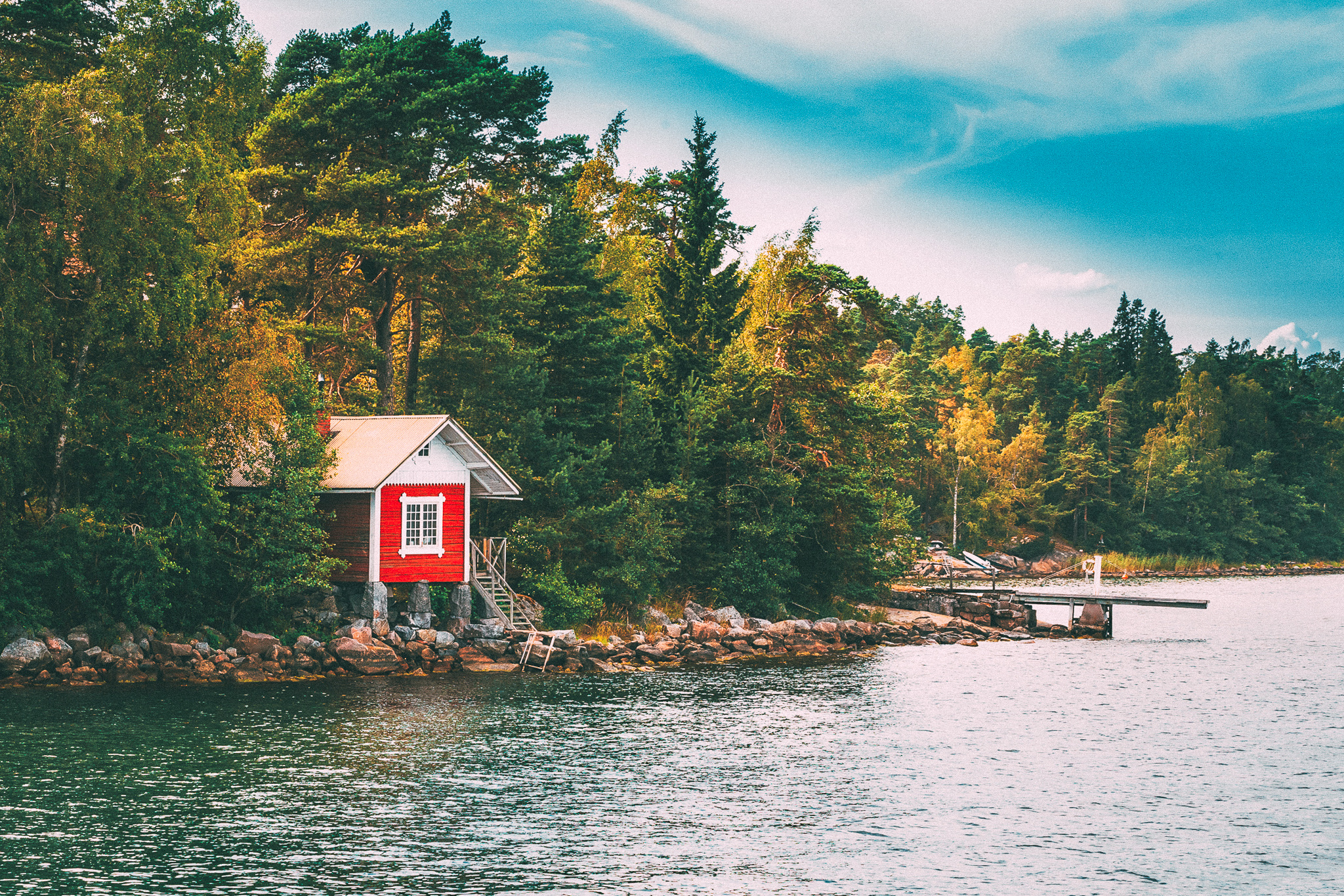This list is by no means comprehensive, but can give you an idea of the amount of equipment required. If you’re going on a guided expedition, check with local guides to see what equipment they provide. You should also test all of your gear before the trip.
Gear and Supplies
Clothes and Shoes
Climbers need several pairs of socks, including trekking, wool and liner socks. They also need lightweight hiking boots as well as lined climbing boots. Gaiters are included on some boots; otherwise you will need them to help keep your feet warm and dry.
You will need lightweight and expedition-weight underwear, fleece or synthetic zip-up jackets, a down parka and Gore-Tex shell pants. For your head, you’ll need a headlamp with spare bulbs and batteries; glacier glasses with side covers; ski goggles; a baseball cap or visor; a wool hat and both lightweight and heavyweight balaclavas. You’ll also need a total of four different pairs of gloves: light synthetic ones that can fit inside the others, expedition-heavy fleece gloves, waterproof gloves and mitts.
Climbing Tools and Electronic Equipment
An ice axe with a leash is required to cross the Lhotse Face and climb to the summit. If you’re under 5 feet 7 inches tall, your axe should be 60 centimeters long (about 24 inches). You’ll also need glacier rope. Check out Get Outdoors’ Glacier Travel: Fundamentals for details on “roping up” and glacier rope travel.
Cameras are essential, and walkie-talkies might be a good idea. Lithium batteries are best for long life and function at high altitudes. Increasing numbers of climbers are bringing other electronic equipment such as laptops, video cameras and satellite phones.
Camp Supplies
Two good-quality down sleeping bags (expedition-quality and rated to at least 20 C and 40 C below zero). Two self-inflating pads and one thermal pad per camp is necessary. You will also need multiple tents: a larger tent for Base Camp and smaller, lighter, high-quality tents for higher elevations. For cooking and eating, you need two or three light pots with lids, plastic mugs, a thermos, a spoon and knife (like a Leatherman) and a couple of potholders.
Lots of matches and lighters are necessary for heating and cooking; make sure the latter are of good quality so they will work at high altitude. You will need two plastic water bottles in addition to a wide mouthed bottle for urination. The climbing pack will need attachment points for your ax and other climbing gear. Sunscreen, lip balm and a small personal first aid kit should all fit in your pack.
The Ascent
Most trips to the top over Everest take about two and a half months. In the winter, low temperatures and hurricane force winds make climbing difficult. Between June and September, monsoons create intense storms and violent precipitation. Even the Base Camp is located at high altitude, so the journey there must progress gradually.
The South Col Route was taken by Sir Edmund Hillary and Tenzing Norgay. The North Ridge Route is the second-most popular route. Base Camp is located at 17,600 feet (5364 m) during the spring climbing season. Temperatures range between 17 C below zero in January to 3 C below in the summer.
From Base Camp, climbers must pass through the Khumbu Icefall at 19,900 feet (6065 m). Even with all the safety precautions, this section is extremely dangerous. The main challenge in the Western Cwm is heat, as there is little wind and the intense sunlight can make it uncomfortably hot.
Most climbers spend their first night in the Death Zone, or South Col, at 26,000 ft (7925 m). The lack of oxygen and cold dulls climbers’ reflexes and judgment, making the Hillary Step one of the most challenging elements of the climb. From there they hike to The Balcony, at 27,700 ft (8440 m) and then onto The Cornice Traverse, a horizontal face of snow and rock.
From the Hillary Step, climbers must trek the final feet to reach the summit. The fastest ascent from the north side is held by Hans Kammerlander of Italy and took him 16 hours and 45 minutes from Base Camp. Babu Chiri Sherpa, who was at the summit for 21.5 hours, holds the record for the most time spent on top of Everest.










